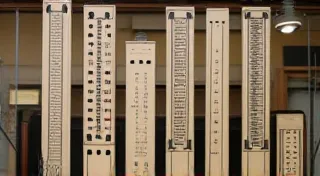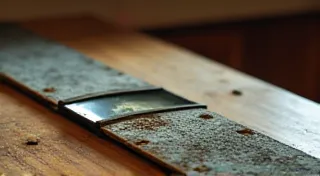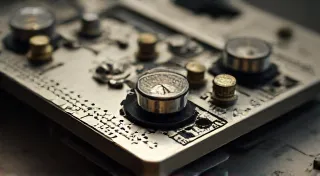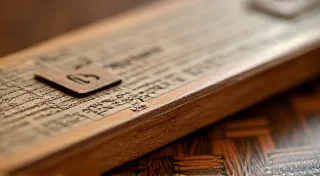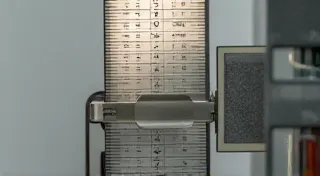Slide Rule Materials: Understanding Wood, Metal, and Plastics
Vintage slide rules are fascinating engineering tools, each one a testament to ingenuity and precision. Beyond the intricate scales and markings, the materials used in their construction significantly impact their longevity, feel, and required maintenance. Let's delve into the most common materials found in slide rules – wood, metal, and plastics – and understand their strengths, weaknesses, and the specific challenges they present to collectors and restorers. These calculators, once indispensable for engineers and scientists, offer a tangible link to a bygone era of mechanical computation, sparking curiosity about the ingenuity behind their design and construction.
Wood: The Classic Construction
For much of the 20th century, wood was the dominant material for slide rule bodies. Typically, hardwoods like mahogany, walnut, and occasionally maple were employed. Mahogany was particularly favored for its beauty, workability, and stability. These woods offered a pleasing aesthetic, a comfortable feel in the hand, and a degree of inherent damping that helped reduce vibrations during calculations. The warmth and natural grain patterns of a well-crafted wooden slide rule are simply unmatched, contributing significantly to its appeal. Choosing the right wood was critical; the quality of the wood directly impacted the slide rule’s overall durability and feel. The skill of the craftsman was also essential, requiring precise joinery and a keen eye for detail to ensure the rule’s accuracy and structural integrity.
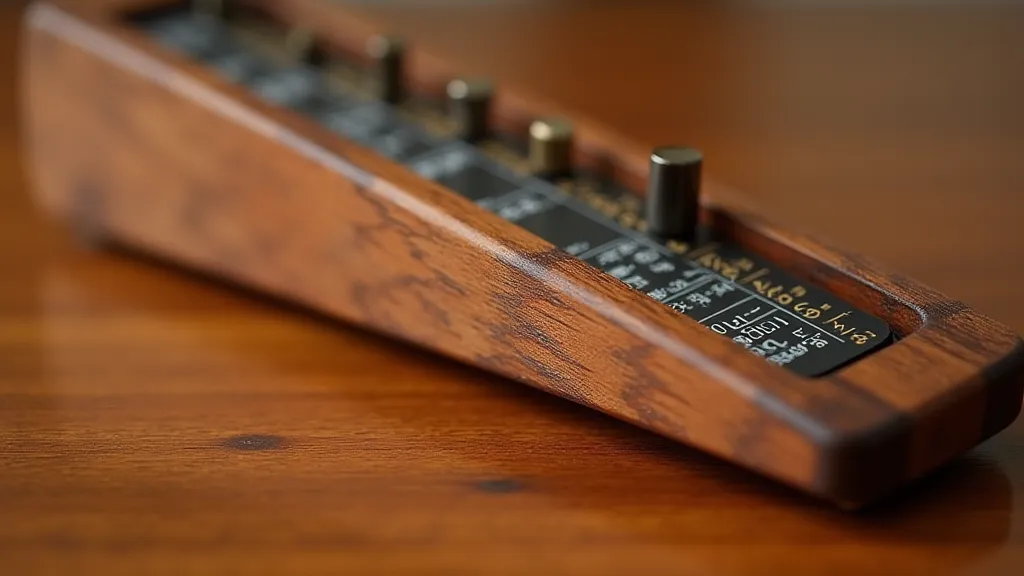
However, wood is susceptible to environmental factors. Humidity can cause expansion and contraction, potentially warping the rule and loosening the scales. Insect infestations (like woodworm) are another significant threat, especially in older rules that have been stored improperly. Wood can also be brittle and prone to cracking, particularly if subjected to significant stress or temperature fluctuations. The organic nature of wood means it's always reacting to its surroundings, a characteristic that demands careful consideration for long-term preservation. When dealing with a damaged wooden rule, sometimes replacement parts, like window replacements, are needed to restore it. Knowing how to Replacing Broken Slide Rule Windows: A Step-by-Step Guide is a valuable skill for any serious collector.
Maintenance for Wooden Slide Rules: Regularly dust your wooden slide rule with a soft cloth. Avoid storing it in areas with extreme humidity or temperature changes. If you suspect insect infestation, consult a professional conservator. Occasionally applying a thin coat of furniture polish can help preserve the wood’s finish, but avoid excessive application that could attract dust. It’s also wise to research the specific wood type to understand its unique vulnerabilities and tailor your maintenance routine accordingly.
Metal: Durability and Precision
Metal slide rules, primarily constructed from aluminum, became increasingly common in the later half of the 20th century. Aluminum offered a significant advantage over wood – increased durability and resistance to moisture and insects. Metal bodies were also less prone to warping and cracking. The move to metal reflected a desire for increased robustness and reduced maintenance, particularly in industrial settings where slide rules faced heavy use and harsh conditions.
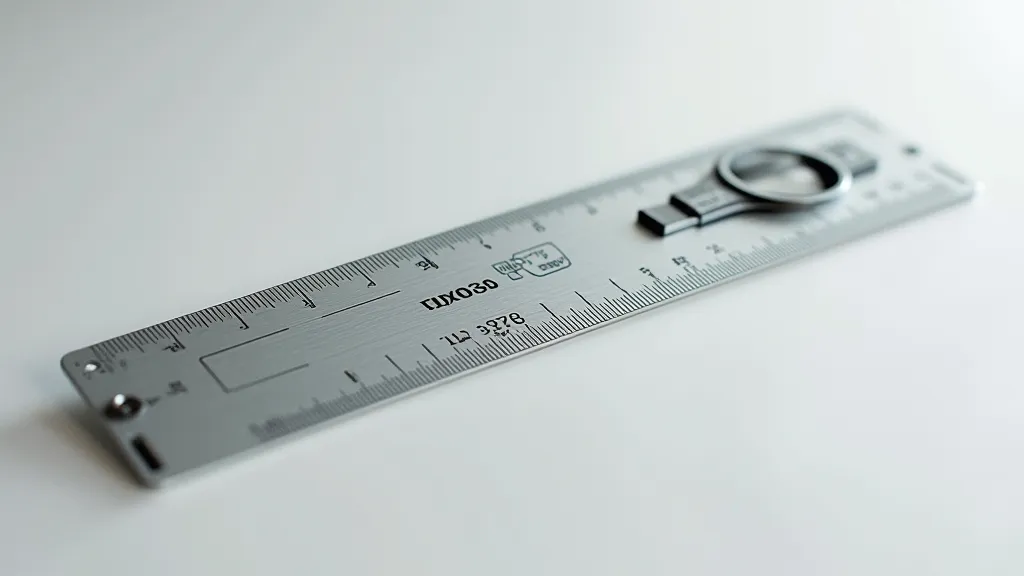
The scales themselves were almost universally printed on metallized mylar or aluminum foil, attached to the body with adhesive. The advantage here was a crisp, precise scale that wouldn’t wear away as easily as printed paper. While metal bodies are generally robust, they are not impervious to damage. Dents and scratches can occur, and the adhesive holding the scales can degrade over time, leading to peeling or bubbling. The quality of the manufacturing process was also critical; variations in metal thickness and the precision of scale printing could significantly impact the rule’s accuracy and overall usability. Choosing a reliable manufacturer was important, and appreciating the differences between companies can highlight those that consistently produce high-quality instruments. You can learn more about Comparing Slide Rules from Different Manufacturers: Strengths and Weaknesses to help you choose wisely.
Maintenance for Metal Slide Rules: Gentle cleaning with a soft cloth is usually sufficient. Avoid abrasive cleaners that could scratch the metal surface. If scale adhesion is failing, professional restoration is often the best course of action to prevent further damage. Understanding the adhesives used and their degradation patterns can help predict and address scale adhesion issues proactively.
Plastics: A Modern Alternative
Plastic slide rules, typically made from materials like ABS or polystyrene, emerged as a cost-effective alternative, particularly in educational settings. These offered exceptional resistance to damage and ease of manufacture. They are inherently waterproof and virtually immune to insect attack. The adoption of plastics represented a significant shift towards mass production and affordability, making slide rules accessible to a wider audience.
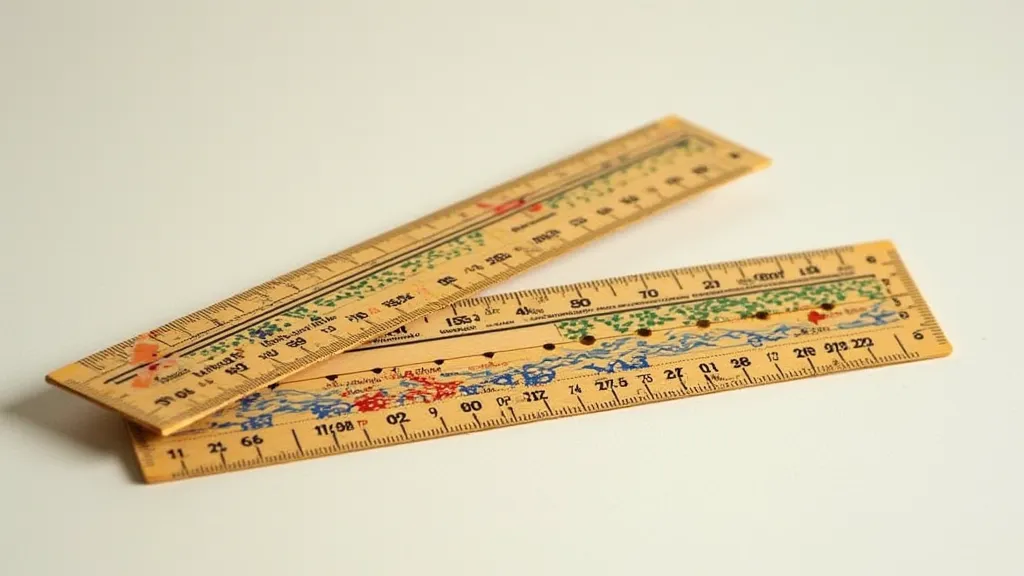
However, plastic slide rules often lack the aesthetic appeal and tactile satisfaction of their wooden or metal counterparts. The plastic can become brittle with age, especially if exposed to UV light, and the scales, usually printed directly onto the plastic, can be more prone to fading or wear compared to the metallized scales on metal or wooden rules. While they offered a degree of durability, they often compromised on quality and the overall user experience. Finding replacement parts for plastic slide rules can sometimes be tricky as they weren't always as well-documented or supported as their metal or wooden counterparts. If you're having trouble, check Finding Replacement Parts for Vintage Slide Rules for some helpful resources.
Maintenance for Plastic Slide Rules: Keep away from direct sunlight to prevent fading. Clean gently with a mild soap and water solution. Be careful not to scratch the plastic surface. Consider using a UV protectant spray to extend the life of the plastic and prevent brittleness.
The Intersection of Mathematics and Aesthetics
Beyond their practical function as calculation tools, slide rules embody a fascinating interplay between mathematics, engineering, and aesthetics. The very proportions of a slide rule, the precise spacing of the scales, and the craftsmanship involved in their construction reflect a deep understanding of mathematical principles and a commitment to creating elegant and functional objects. The arrangement of scales isn't arbitrary; it's rooted in logarithmic functions and geometrical relationships that allow for surprisingly complex calculations to be performed mechanically. The beauty of a slide rule isn't just superficial; it’s a reflection of the underlying mathematical order it represents. Consider the elegance of calculations regarding celestial bodies - the principles governing these calculations beautifully reflect the precision and proportions inherent in a slide rule's design. You can explore this further with Calculating Constellations: Slide Rule Geometry and the Poetry of Proportion.
Conclusion
Understanding the materials used in a slide rule's construction is essential for proper care and maintenance. Whether you are drawn to the classic elegance of wood, the durability of metal, or the practicality of plastic, knowing the specific challenges each material presents will enable you to preserve these fascinating pieces of engineering history for years to come. These instruments are more than just calculators; they are tangible artifacts of a bygone era, representing a unique blend of ingenuity, craftsmanship, and mathematical precision. By appreciating their materials and understanding their care requirements, we can ensure that these remarkable tools continue to inspire and educate for generations to come. The legacy of the slide rule remains a testament to human creativity and our enduring quest for efficient and elegant solutions to complex problems.
